a fungal "bouquet": Cinnabar red chanterelle mushrooms (Cantharellus cinnabarinus)
Oneida County, north central "upstate" New York: Eric Smith (esmith), CC BY-SA 3.0, via Wikimedia Commons @ https://en.wikipedia.org/wiki/File:Cantharellus_cinnabarinus_93293.jpg
cinnabar crystal on Dolomite matrix: mineral is namesake of color and of fungal species
Tongren Mine, Guizhou Province, southwestern China: Rob Lavinsky / iRocks.com, CC-BY-SA-3.0, via Wikimedia Commons @ https://commons.wikimedia.org/wiki/File:Cinnabar-157604.jpg
pottery style from which genus name Cantharellus derives: kantharos with characteristic high-swung handles; East Ionia, western Anatolian coast, ca. 540 BC
Staatliche Antikensammlungen (State Collections of Antiques), Kunstareal, central Munich, southeastern Germany: MatthiasKabel, CC BY-SA 3.0, via Wikimedia Commons @ https://commons.wikimedia.org/wiki/File:Janiform_kantharos_Staatliche_Antikensammlungen_2014_02.jpg
1894 sketch of Lewis David von Schweinitz (February 13, 1780 - February 8, 1834): namer of Cantharellus cinnabarinus in 1832 and sometimes considered as "Father of North American Mycology"
Mycology is the study of fungi, a kingdom that includes mushrooms, molds and yeasts.
Popular Science Monthly, April 1894, Vol 44, opposite p. 721: Public Domain, via Wikimedia Commons @ https://commons.wikimedia.org/wiki/File:PSM_V44_D738_Lewis_David_von_Schweinitz.jpg
Cantharellus cinnabarinus may be found in Pennsylvania's old-growth hemlock stands: Eastern hemlock (Tsuga canadensis) palustrine forest, with Panther Run streaming along banks of sphagnum moss
Hook Natural Area, central Pennsylvania: Nicholas_T, CC BY 2.0, via Flickr @ https://www.flickr.com/photos/nicholas_t/7285436182/
Cinnabar red chanterelles profit from conifer-hardwood forest floor of mixed leaves and needles: lone Eastern hemlock (Tsuga canadensis) surrounded by American beech (Fagus grandifolia) trees
Gouldsboro State Park, northeastern Pennsylvania: Nicholas_T, CC BY 2.0, via Flickr @ https://www.flickr.com/photos/nicholas_t/4950166690/
large group of gregarious clusters of cinnabar red chanterelles
Mushroom Observer image 97944: Daniel Neall, CC BY SA 3.0, via Encyclopedia of Life @ https://eol.org/pages/1008137/media?page=3; (specific EOL image URL @ https://eol.org/media/10898352)
Canthaxanthin's coloring book in nature extends beyond Cantharellus cinnabarinus mushrooms: roseate spoonbill (Platalea ajaja), a wading bird whose pink coloration is due to canthaxanthin in its diet
Myakka River State Park, central west Florida: Mwanner, CC BY SA 3.0, via Wikimedia Commons @ https://en.wikipedia.org/wiki/File:Roseate_Spoonbill_-_Myakka_River_State_Park.jpg
Cinnabar red chanterelles may be grouped or scattered on forest floor.
False gills bluntly ridge stems downward from wavy caps.: Bob (Mullica), CC BY 2.0, via Flickr @ https://www.flickr.com/photos/mullica/9205544459/
golden chanterelles (Cantharellus cibarius): best-known species in Cantharellus genus, which -- unlike its colorfully flamboyant relatives, cinnabar red chanterelle -- emits a discernible aroma.
in habitat: in a French wood: Strobilomyces, CC BY SA 3.0, via Wikimedia Commons @ https://commons.wikimedia.org/wiki/File:Chanterelle_Cantharellus_cibarius.jpg
not to be mistaken for Cantharellus cinnabarinus: Jack-o'-lantern mushrooms (Omphalotus illudens)
George Washington National Forest, Shenandoah Mountain, Central Appalachians: Jason Hollinger (pellaea), CC BY 2.0, via Flickr @ https://www.flickr.com/photos/7147684@N03/1018098506/
Habitat as key difference: Jack-o-lanterns grow on wood and sometimes on tree roots; in contrast, cinnabar red chanterelles grow in soil.
Frozen Head State Park and Natural Area, northeastern Tennessee: Michael Hodge, CC BY 2.0, via Flickr @ https://www.flickr.com/photos/mhodge/221560047/
Satan's mushroom (Boletas satanas): wild mushroom whose redness signals toxicity, unlike Cantharellus cinnabarinus, whose redness is equated with delicious healthiness.
L. (Léon) Dufour, Atlas des champignons comestibles et vénéneux (1891), Planche 57: Not in copyright, via Biodiversity Heritage Library @ https://www.biodiversitylibrary.org/page/3270641
Cinnabar red chanterelles may be harvested by slicing with a knife or by plucking out of ground:
A 13-year study in Oregon revealed a slight decline in future growth with knife method.
Mushroom Observer image 51658: Dan Molter (shroomydan), CC BY SA 3.0, via Encyclopedia of Life @ https://eol.org/pages/1008137/media; (specific EOL image URL @ https://eol.org/media/10898325)
cheery sight
Chimney Rock State Park, Rumbling Bald Mountain, Chimney Rock, Rutherford County, southwestern North Carolina: bobistraveling, CC BY 2.0, via Flickr @ https://www.flickr.com/photos/bobistraveling/9459419542/
ca. 1878 profile of C. cinnabarinus by mycologist-botanical illustrator Mary Banning: they were common in Druid Hill Park, northwestern Baltimore, and abundant in July and August 1877 but sparse and small in 1878 and not seen in 1879.
Mary Banning, "Fungi of Maryland" (unpublished manuscript, ca. 1878), Plate 99: Public Domain, via Vintage Printable @ http://vintageprintable.swivelchairmedia.com/botanical/botanical-mushrooms/; New York State Museum, via Internet Archive Wayback Machine @ http://www.nysm.nysed.gov/treasures/collection.cfm?coll=29 (specific image URL @ https://web.archive.org/web/20110710024549/http://www.nysm.nysed.gov/treasures/treasure.cfm?object=311555)


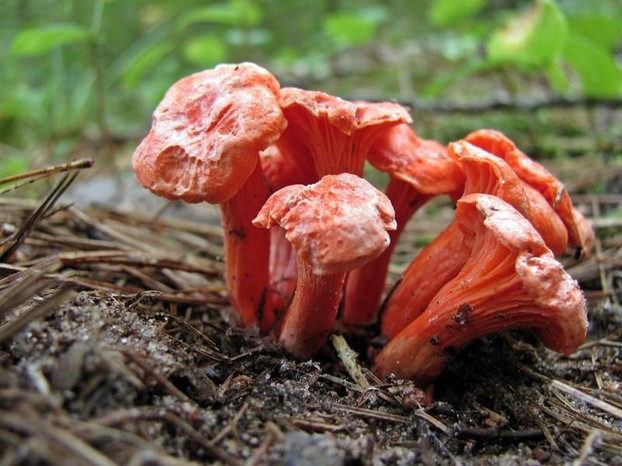
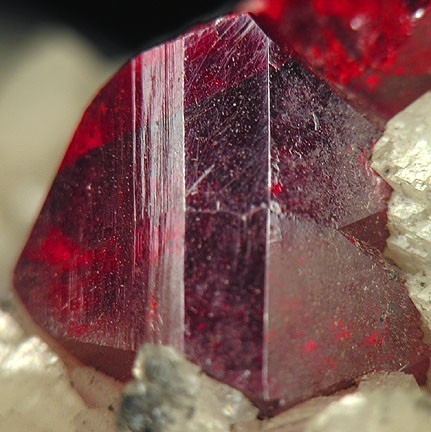
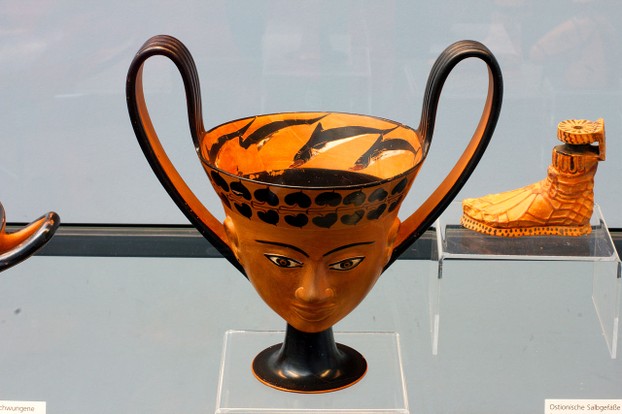

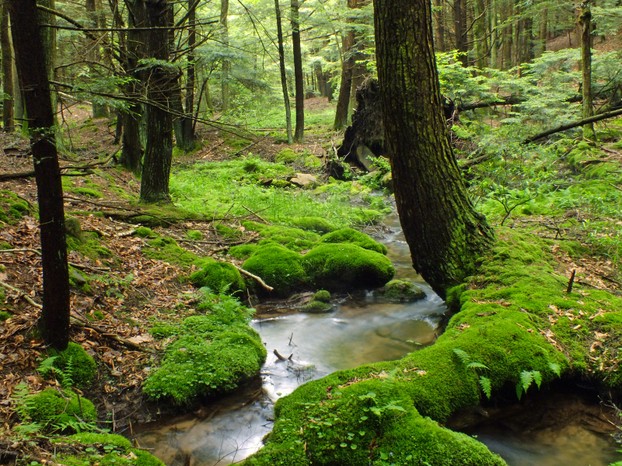
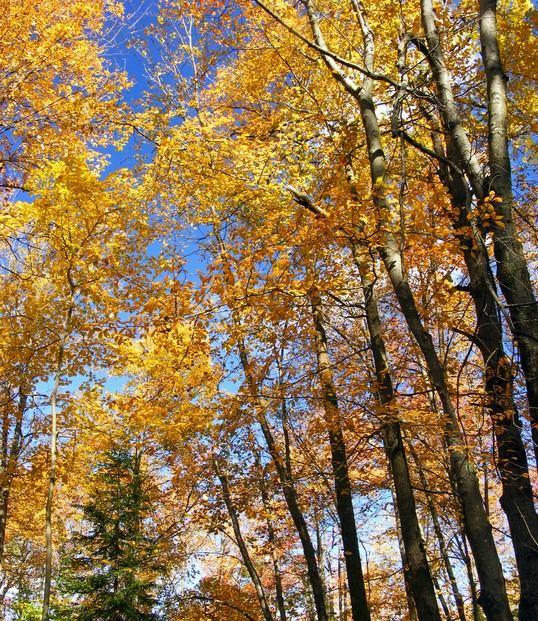
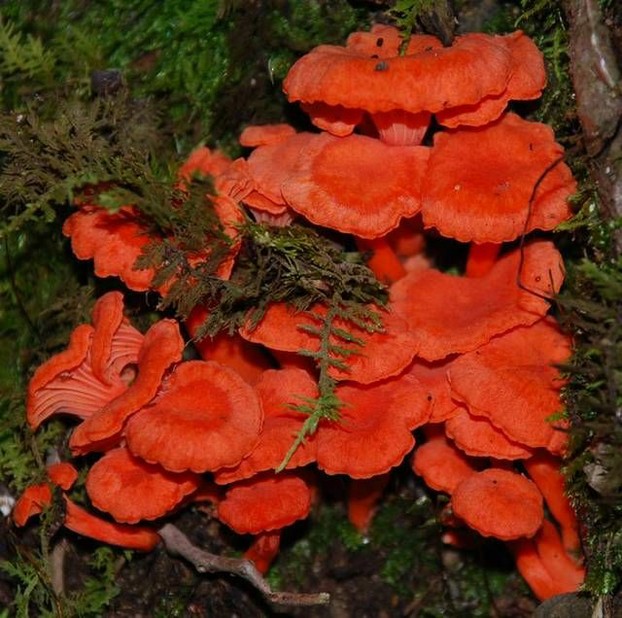
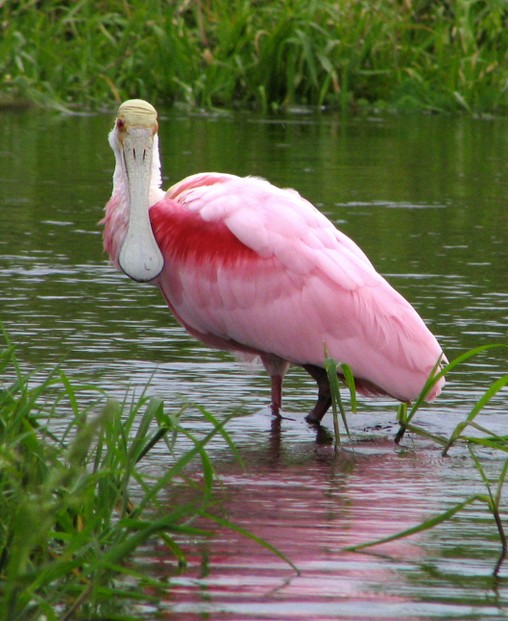
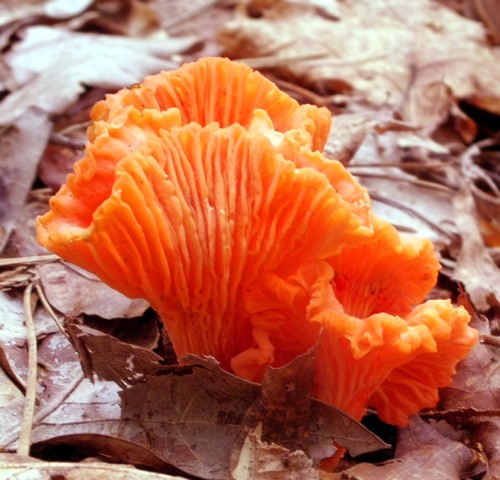
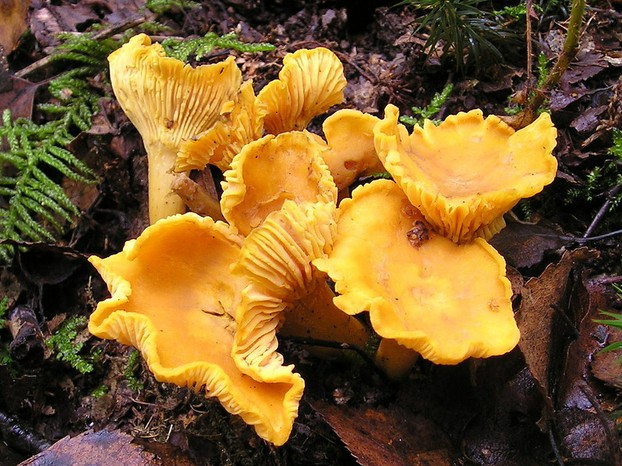
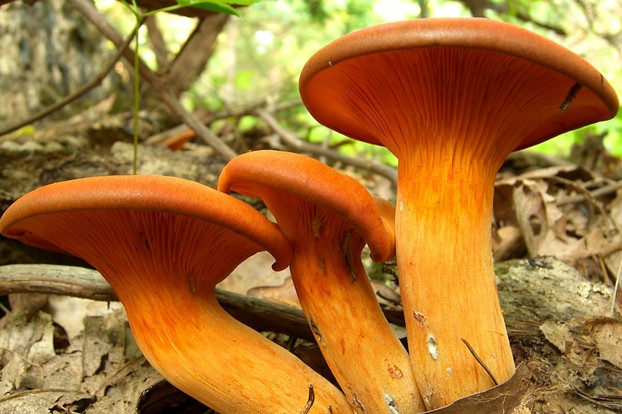
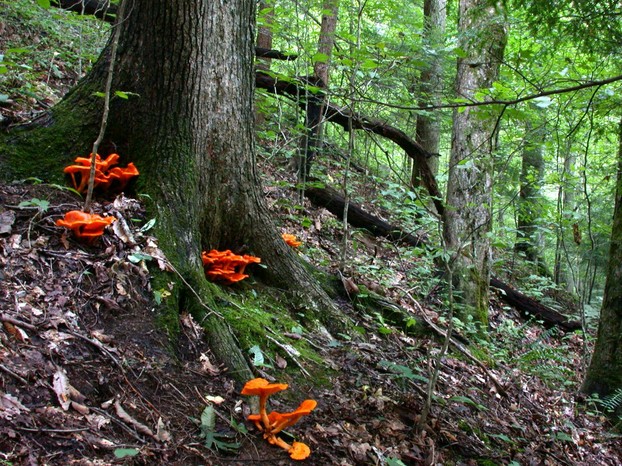
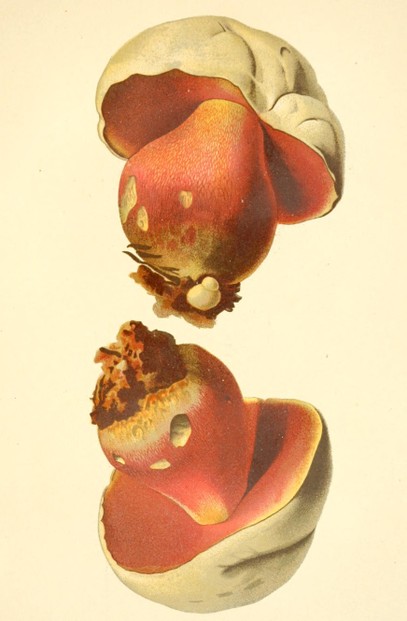
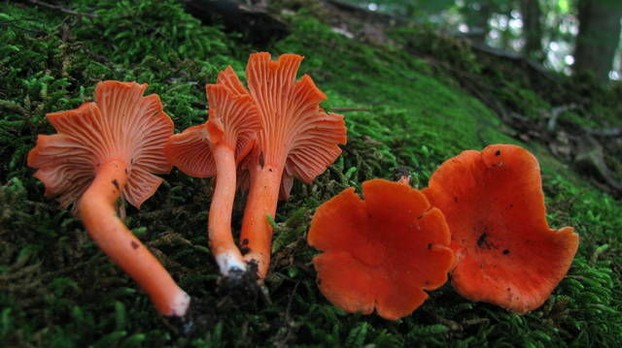
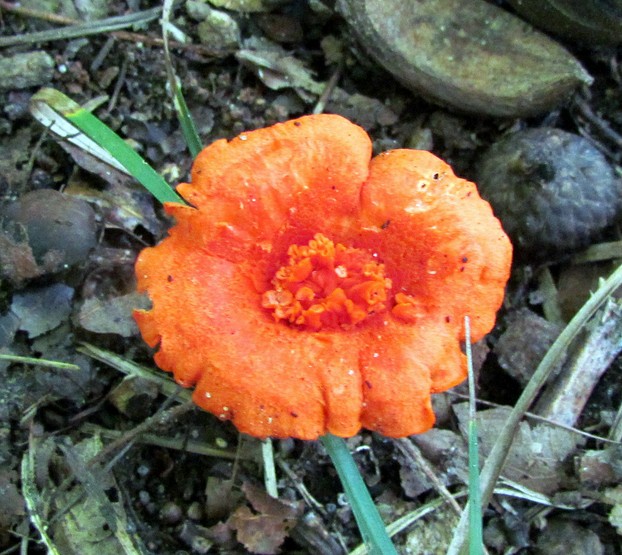
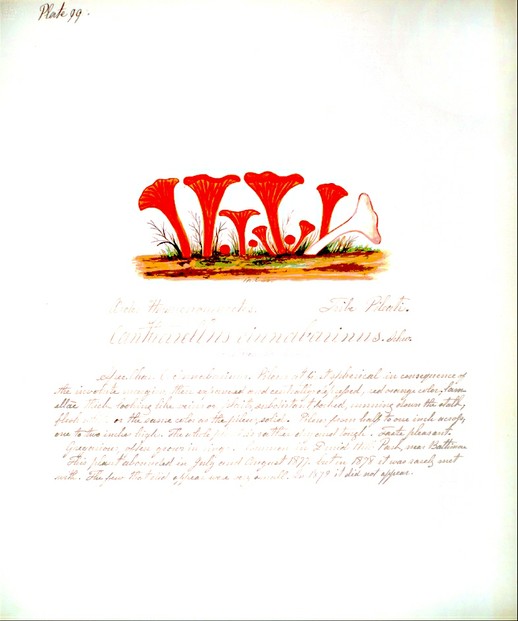
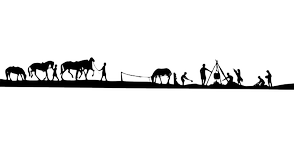

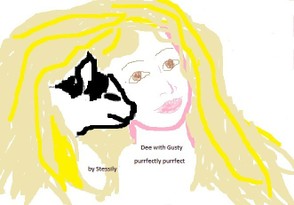
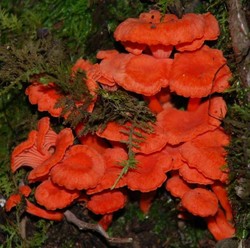

 Are Hawaiian Huakai Po Nightmarchers Avenging Halloween Thursday?on 10/02/2024
Are Hawaiian Huakai Po Nightmarchers Avenging Halloween Thursday?on 10/02/2024
 Mailing Addresses for 2023 Form 4868 Extending 1040 and 1040SR April 15, 2024, Due Dateon 04/15/2024
Mailing Addresses for 2023 Form 4868 Extending 1040 and 1040SR April 15, 2024, Due Dateon 04/15/2024
 Mailing Addresses for 2023 Forms 1040 and 1040SR Filed in 2024on 04/15/2024
Mailing Addresses for 2023 Forms 1040 and 1040SR Filed in 2024on 04/15/2024
 Mailing Addresses for 2022 Form 4868 Extending 1040 and 1040SR April 18, 2023, Due Dateon 04/13/2023
Mailing Addresses for 2022 Form 4868 Extending 1040 and 1040SR April 18, 2023, Due Dateon 04/13/2023

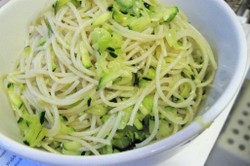

Comments
frankbeswick, Yes, unfortunately Europe does not have these attractive, tasty mushrooms. But fortunately, neither does Europe have the attractive, fragrant, but upsetting chanterelle lookalike, the jack-o'lantern mushroom (Omphalotus illudens)!
A very informative article about a species which is not native to Europe as far as I know [hence I had not heard of it.]
blackspanielgallery, Yes, letting a small cluster reproduce does result in a large, self-sustaining population as long as no environmental trauma occurs. But any removal during and after the build-up to sustainability must involve all of the body parts (as opposed to slicing the above-ground and leaving behind the below-ground) of what is judiciously taken for human consumption.
Cinnabar red chanterelles show up between early and late fall so I can count on 4 or 5 months of mushroom pleasure. But I only take about 15% of the total population at a time, with the taking dependent upon when replacements show up for the culinary casualties!
MBC, "Yum!" says everything in regard to cinnabar red chanterelle's look and taste!
I was wondering if a small cluster forms would it not be wise to allow them to reproduce until you have a large, self-sustaining population?
Yum, very interesting. Great photos
VioletteRose, Red is definitely one of nature's ambiguous yet dynamic colors and oftentimes signifies toxicity. So it's nice when red signals carefree tastiness, as in cinnabar red chanterelle mushrooms.
Very colourful and beautiful looking. From their appearance, I would have never guessed they are edible mushrooms.